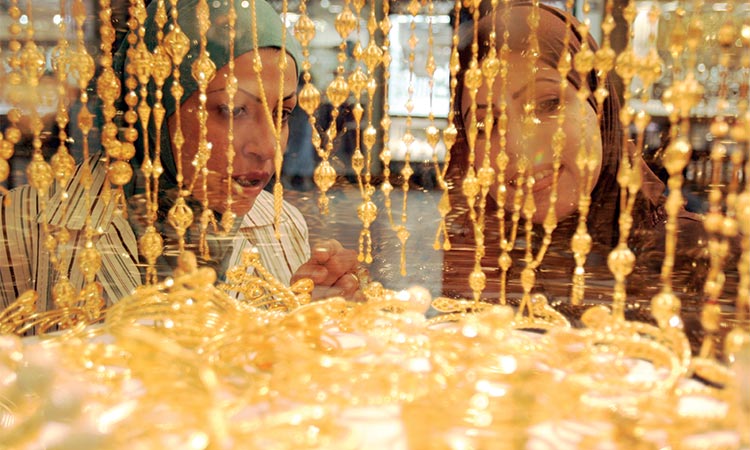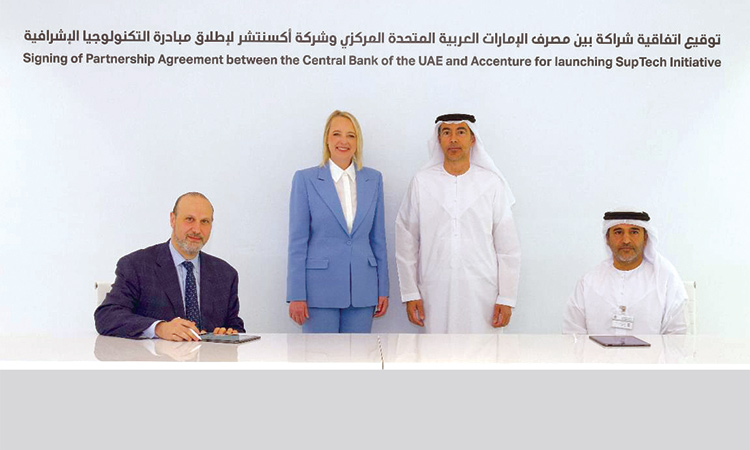Gold heads for biggest weekly gain

Women shop at a gold market in Kuwait. Reuters
Gold prices jumped on Friday to their highest since late February, as a sharp slowdown in US jobs growth sent the dollar lower on growing expectations that the Federal Reserve would cut interest rates this year. Gold has also benefited from concerns that US trade wars with Mexico and China will slow the global economy.
The precious metal is up 2.9% so far this week, on track for its biggest weekly gain since April 2016. Spot gold soared 0.6% to $1,343.12 per ounce at 09:24 a.m. EDT (1324 GMT).
Its session high was $1,344.91, just below its 2019 high of $1,346.73. US gold futures were up 0.4% at $1,347.50 an ounce. “The US jobs number was weaker than expected and that rallied the gold market.
That gives the bulls more technical momentum,” said Jim Wyckoff, senior analyst at Kitco. The US Labor Department reported in the morning that job growth slowed sharply in May and wages rose less than expected.
Chances “have significantly increased that the US Federal Reserve is going to lower interest rates sooner rather than later, and that is also working in favour of the precious metals bulls,” Wyckoff said. Traders of US short-term interest rate futures added to bets that the Fed will start to cut rates as soon as July and reduce them two more times before the end of the year.
On Thursday, New York Fed President John Williams on acknowledged the impact of trade and global growth concerns on business investment. Lower interest rates boost gold by reducing the opportunity cost of holding the metal and by weakening the dollar, which skid to its lowest in 2-1/2 months after the US jobs data. Some investors believe gold prices could consolidate after the recent sharp rise. “We have had quite a move higher earlier this week, but we are moving towards levels where the market will struggle to go much higher,” ING analyst Warren Patterson said, adding that the overall momentum for the metal is still “bullish.”
Reuters







